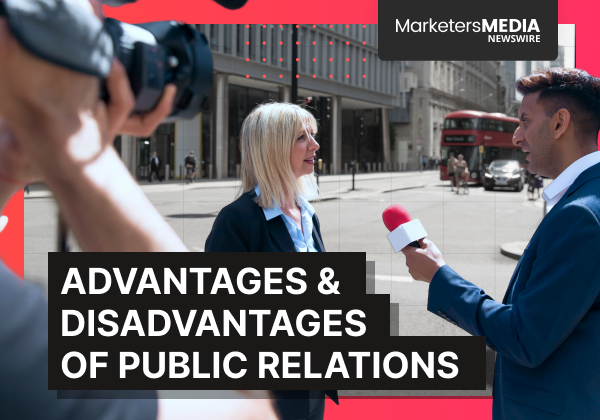Table of Content
“Our new ad series is ready to launch.”
“We have begun a new Public Relations campaign locally.”
These two statements both refer to getting the word out about your company or product. How do they differ?
What’s the Difference?
Let’s address advertising first. Every reader knows an advertisement when they see or hear one, and the impression is not always favorable. Ads can be construed as intrusive and annoying. Granted, they work and are necessary to many business models.
Yet, American consumers are so inundated with them that it has become easy to tune them out (TeVo) or turn the page without even reading them.
Advertising can be very successful. Companies are willing to pour huge amounts of money into their advertising campaigns. Why then should you consider achieving your growth goals through Public Relations rather than advertising exclusively?
The job of Public Relations is to disseminate information about your company and products through all available media outlets, special events, and community involvement. PR pieces define your business entity in terms of how it fits into the greater community, what values and mission you find important, and why your company’s culture is a good fit for the reader’s (viewer’s) consumer habits.
Why More PR?
Research shows that it takes five to seven impressions to prompt a non-essential purchase. A good Public Relations campaign can easily make those vital impressions while promoting your company as a whole, not just one product or offering.
Here’s an example. A company makes an awesome widget and has gotten a handle on production costs that have made a 10% reduction in purchase price possible. How does the company, WidgetWonder, get the word out regarding this amazing innovation and savings to the public?
Plan A – Design a variety of advertisements for print media, television and radio spots.
WidgetWonder works with their ad agency and designs the ads. They are placed in the appropriate media. Each shows or describes the product, promotes the reduced price and urges consumers to “buy now.” Each placement costs money, is repetitious and extols the virtues of the new widget. This approach is costly and becomes boring after a period of time. Again, advertising works, but at what cost?
Plan B – WidgetWonder decides to launch a comprehensive Public Relations campaign surrounding their new Widget. This includes:
- press releases to the media on three different topics—the innovation that led to the new widget, how WidgetWonder is reducing their carbon footprint due to improved manufacturing processes and a piece on the WidgetWonder Scholarship for Widget Engineers. Each piece will contain links back to the company’s website and of course, the new widget.
- a press conference and tour of the WidgetWonder facility for local media.
- announcement of WidgetWonder’s sponsorship of the local Walk to Save the Ducks…or whatever.
As these examples demonstrate, advertising is very focused and repetitive. It’s an approach that has its place and is not to be ignored.
A Public Relations blitz has these distinct benefits that advertising does not:
- Credibility – the information that the media chooses to pick up and print or broadcast comes from a third party. This is viewed as being more objective than a paid ad designed to sell.
- Reach – info consumers that are not particularly interested in a new widget at this time may well read about your company’s innovations or community presence. They will likely remember WidgetWonder when it’s time for them to buy a new widget.
- Cost – there is no guarantee that a Press Release will be picked up, of course, but when it is, it’s FREE. Yes, that’s right, free.
Public Relations takes some time and effort to organize and distribute, but the benefits can be rich. For a company looking to grow and get the word out, a good PR program is, well, priceless.
Free Press Release Template
Tell us where to send your PDF:






